After a plague epidemic kills 100,000 people in Naples, Rome begins inspecting all incoming ships
In 1656, after a plague epidemic kills 100,000 people in Naples, Rome began inspecting all incoming ships and…

In 1656, after a plague epidemic kills 100,000 people in Naples, Rome began inspecting all incoming ships and…

In 1634, the Florentine scholar, Francesco Rondinelli, wrote a report about a disease contagion, now known as the…
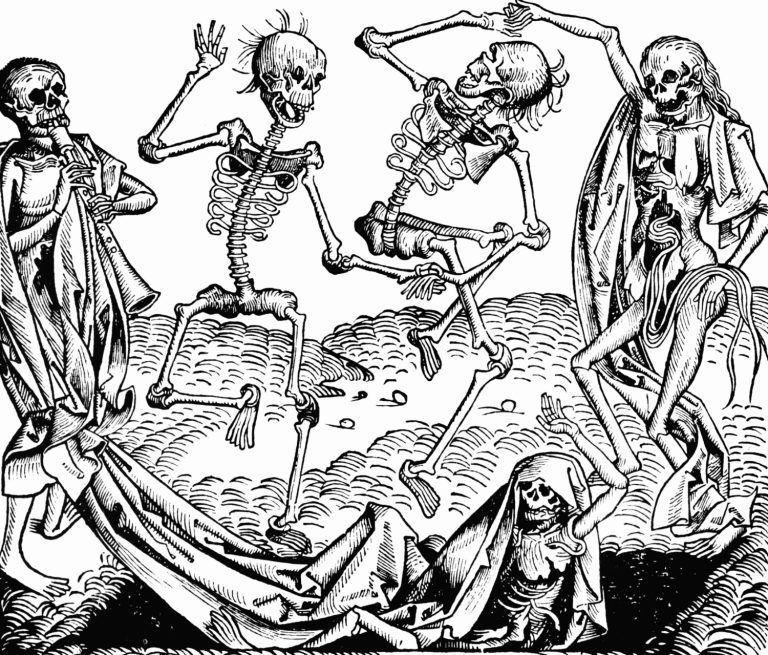
In 1629, sanitary legislation was drawn up in Venice that required health officers to visit homes during plague…
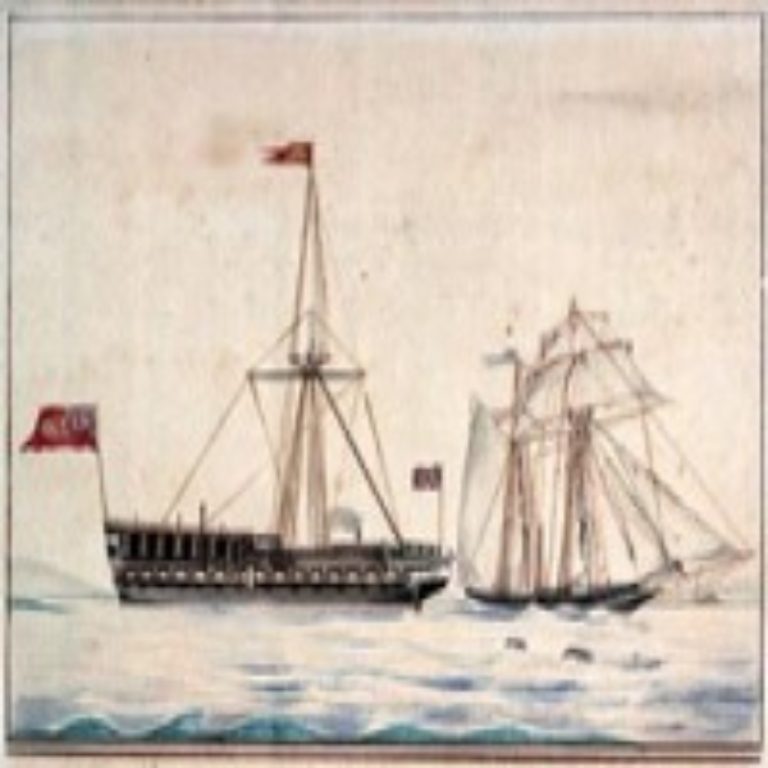
In 1377, ships entering Italian ports during plague outbreaks were required to lie at anchor for forty days…

In 1370, the town of Ragusa in Italy established a quarantine station where all people arriving from plague-infected…

In 1348, Venice established the world’s first institutionalized system of quarantine that gave a council of three the…

In 1348, the Duke of Milan drew up an edict mandating that all those suffering from plague should…
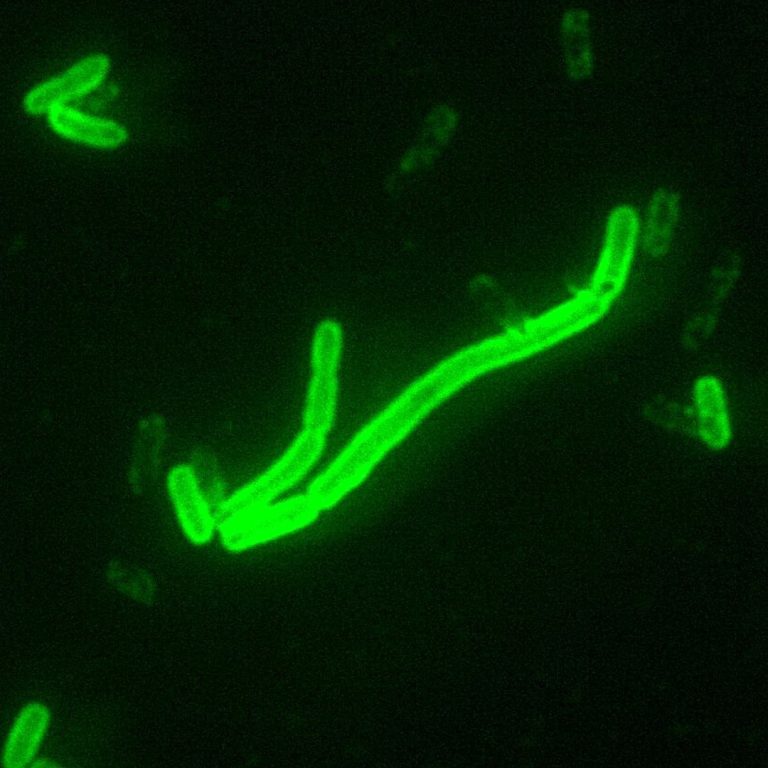
In 1346, during a siege of Kaffa (now Feodosia, Ukraine), the Tartar army catapulted bodies of plague victims…

In 1346, spread by infected galleys coming from Kaffa (Crimea), the Black Death reached Genoa, as it now…

From 1050-1350 marked a particularly active phase of the disease that made necessary the introduction of large-scale specialist…
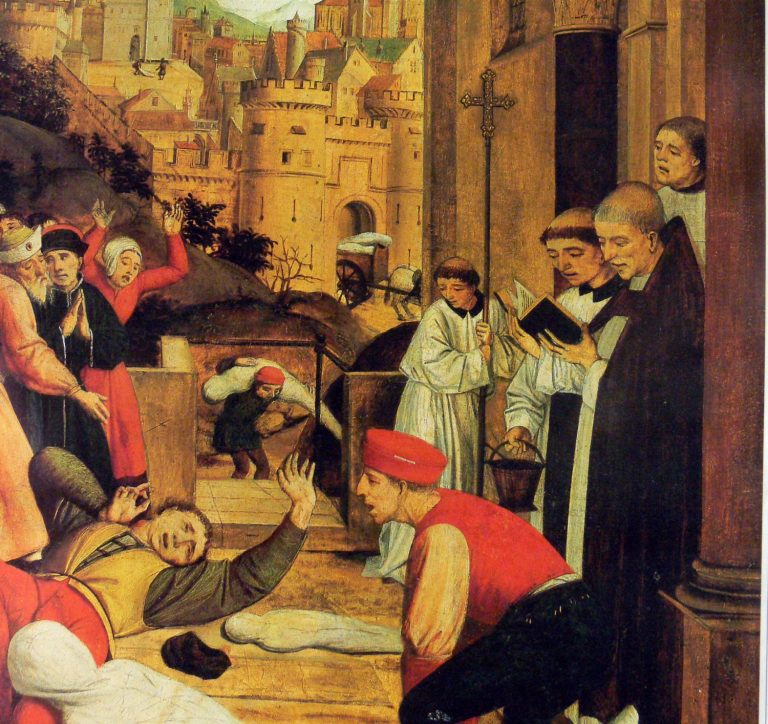
In 541, an outbreak of bubonic plague (yersina pestis), a bacterial disease later named the Black Plague or…

Evidence from 4,800 to 3,700 years ago suggested the plague-causing bacterium Yersinia pestis, first arrived in Europe during…
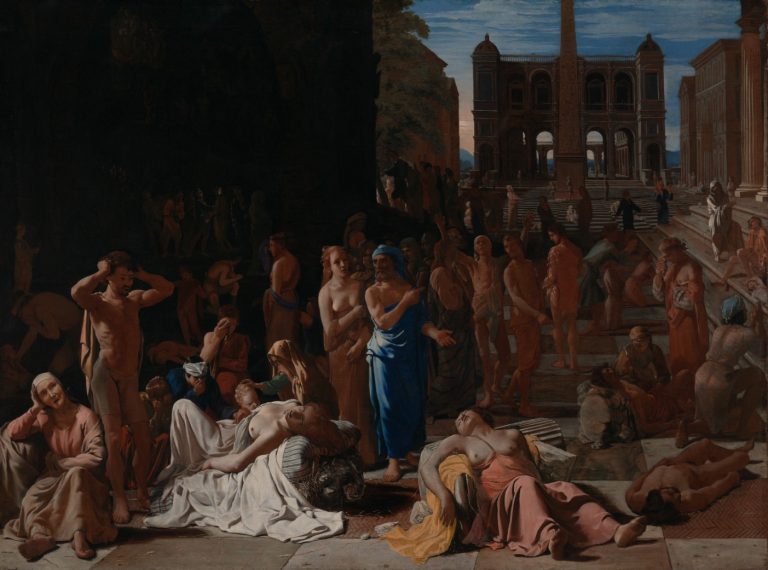
In 430 BCE, a plague struck the city of Athens, which was then under siege by Sparta during…
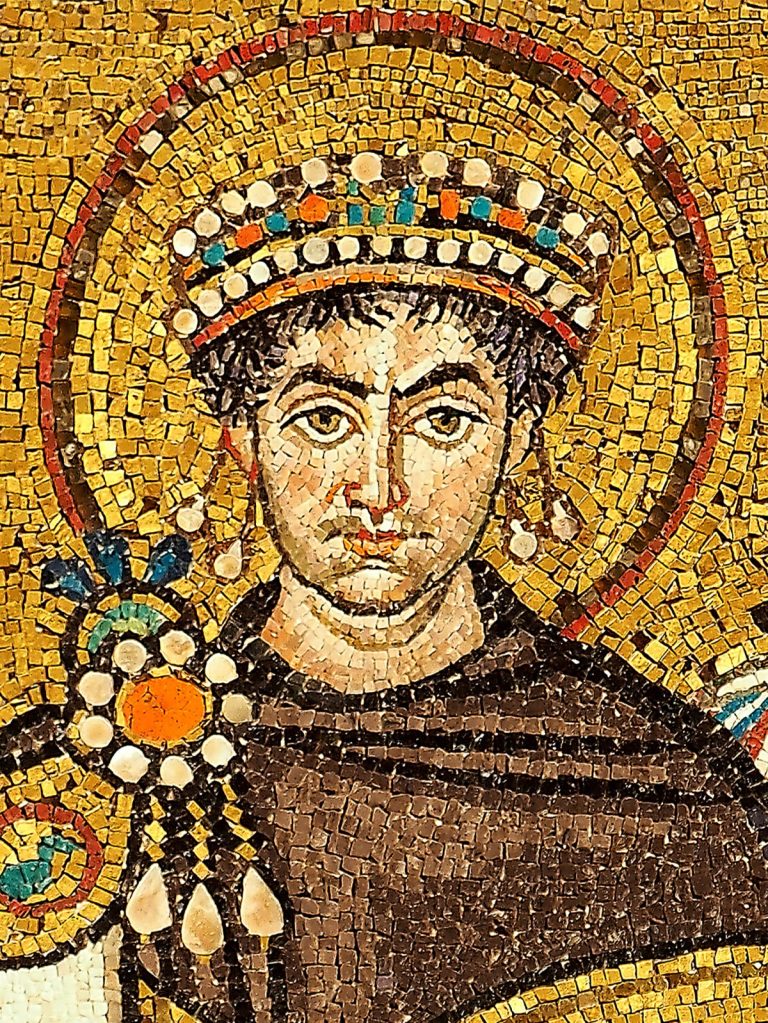
Emperor Justinian I (482-565 BCE) contracted the plague, but survived. A series of laws were enacted against those…